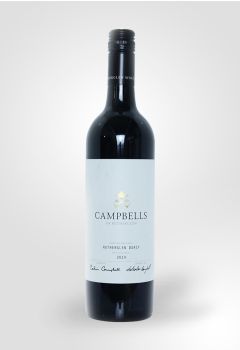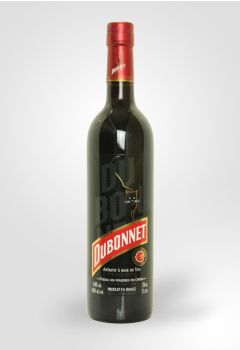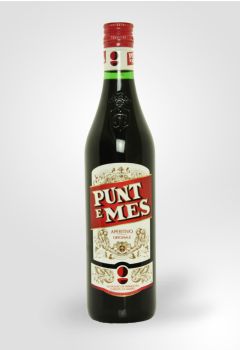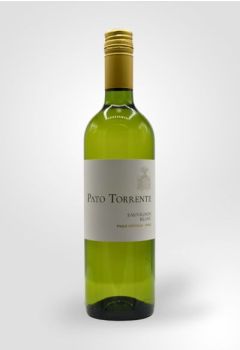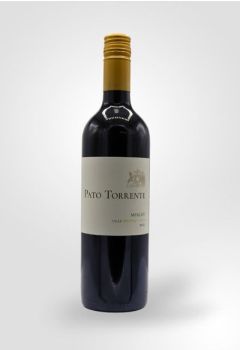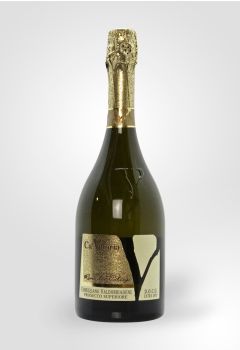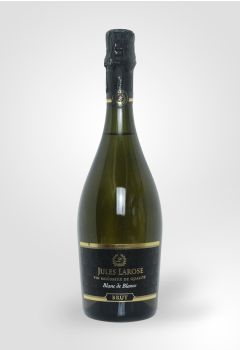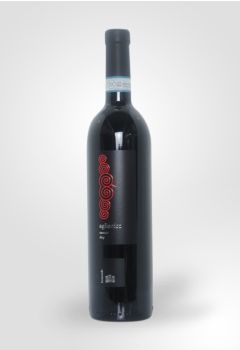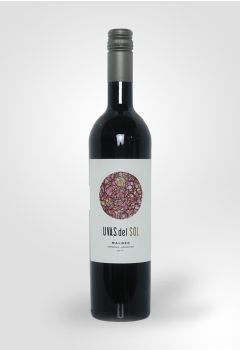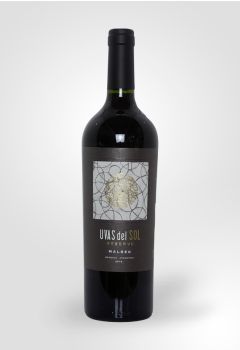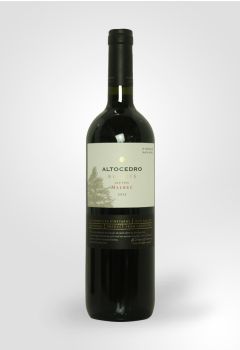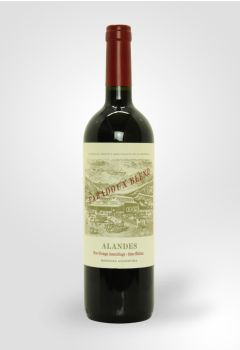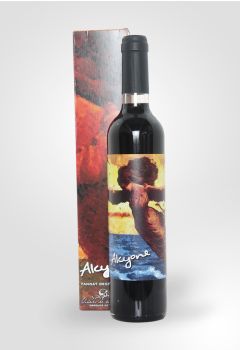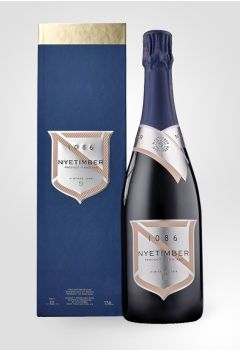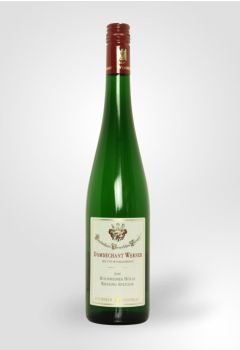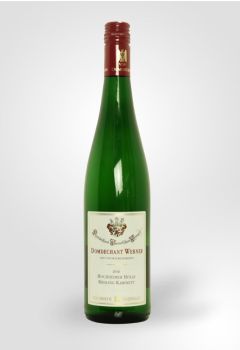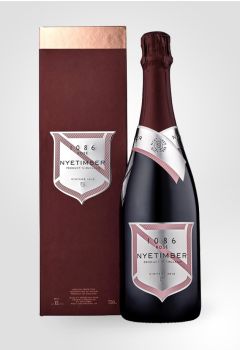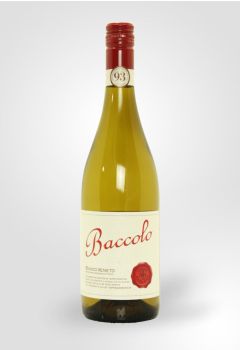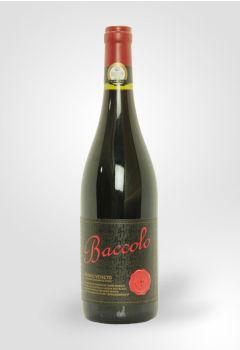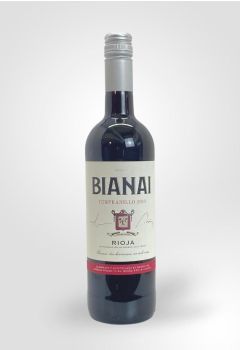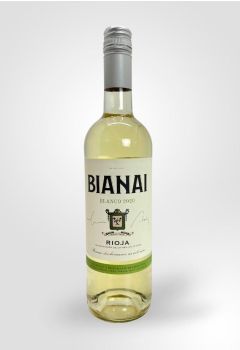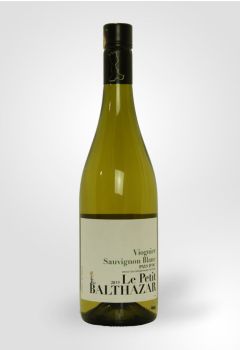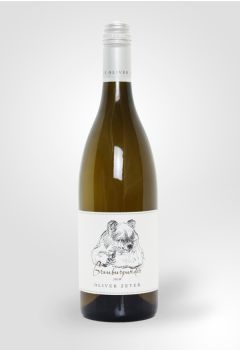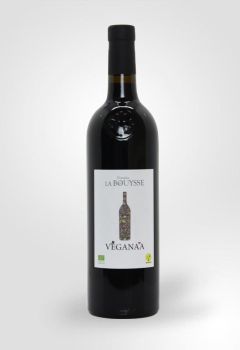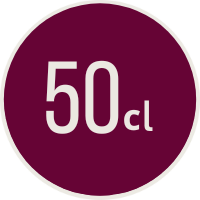
-
- Origin
- Australia
- Victoria
- Rutherglen
Full-bodied and very intense dark fruit with plum and cherry being the most pronounced. Some mocha notes on the palate which lead on to a long, comple... Read More- Origin
- Australia
- Victoria
- Rutherglen
Full-bodied and very intense dark fruit with plum and cherry being the most pronounced. Some mocha notes on the palate which lead on to a long, comple... Read More -
- Origin
- France
An elegant aperitif flavoured by plants, herbs and spices. Read More -
- Origin
- Chile
- Central Valley
Aromas of black plum, blackberry, blueberry and maraschino cherry characterize this wine. The palate is fruity, with juicy and soft tannins. Read More- Origin
- Chile
- Central Valley
Aromas of black plum, blackberry, blueberry and maraschino cherry characterize this wine. The palate is fruity, with juicy and soft tannins. Read More -
- Origin
- Italy
- Veneto
- Conegliano
Characterized by hints of ripe golden apple and acacia flowers, this Prosecco is a cut above the rest with a richer edge and more depth than most of i... Read More- Origin
- Italy
- Veneto
- Conegliano
Characterized by hints of ripe golden apple and acacia flowers, this Prosecco is a cut above the rest with a richer edge and more depth than most of i... Read More -
- Origin
- France
Elegant and refined sparkling wine with a light and fruity bouquet. Notes of white fruits and hints of brioche on the nose and a palate of fresh fruit... Read More- Origin
- France
Elegant and refined sparkling wine with a light and fruity bouquet. Notes of white fruits and hints of brioche on the nose and a palate of fresh fruit... Read More -
- Origin
- Argentina
- Mendoza
Rich aromas of blackcurrant and plum on the nose and palate entwine with notes of mocha and tobacco on the complex finish. Read More- Origin
- Argentina
- Mendoza
Rich aromas of blackcurrant and plum on the nose and palate entwine with notes of mocha and tobacco on the complex finish. Read More -
- Origin
- Argentina
- Mendoza
A rich, dynamic wine from Karim Mussi. With ripe dark fruit, plum and raisin flavours supported by well integrated tannins and bags of complexity. The... Read More- Origin
- Argentina
- Mendoza
A rich, dynamic wine from Karim Mussi. With ripe dark fruit, plum and raisin flavours supported by well integrated tannins and bags of complexity. The... Read More -
- Origin
- Argentina
- Mendoza
A Bordeaux-inspired blend with ripe blackberry fruit, damson and warming spice with subtle flavours of pencil lead, dark chocolate, cardamom and black... Read More- Origin
- Argentina
- Mendoza
A Bordeaux-inspired blend with ripe blackberry fruit, damson and warming spice with subtle flavours of pencil lead, dark chocolate, cardamom and black... Read More -
- Origin
- Uruguay
Winter flowers, Madagascan vanilla bean, chocolate and tiramisu. Polished tannins, honey-like texture and a lovely sweetness accompanied by a long fin... Read More- Origin
- Uruguay
Winter flowers, Madagascan vanilla bean, chocolate and tiramisu. Polished tannins, honey-like texture and a lovely sweetness accompanied by a long fin... Read More -
- Origin
- England
- West Sussex
Rich and intense sparking wine with refined hints of toasty brioche, apricot and citrus fruit notes. Beautifully balanced in acidity, length and textu... Read More- Origin
- England
- West Sussex
Rich and intense sparking wine with refined hints of toasty brioche, apricot and citrus fruit notes. Beautifully balanced in acidity, length and textu... Read More -
- Origin
- Germany
- Rheingau
The nose is rich with the natural fruit aromas of peach and apricot. Made in the Spatlese style, the sweetness is balanced in harmony against the stim... Read More- Origin
- Germany
- Rheingau
The nose is rich with the natural fruit aromas of peach and apricot. Made in the Spatlese style, the sweetness is balanced in harmony against the stim... Read More -
- Origin
- England
- West Sussex
Silky and elegant sparkling rosé evoking floral, red fruit and pastry aromas. Wonderfully supple texture resulting in a persistent finish. Read More- Origin
- England
- West Sussex
Silky and elegant sparkling rosé evoking floral, red fruit and pastry aromas. Wonderfully supple texture resulting in a persistent finish. Read More -
- Origin
- Italy
- Southern
- Puglia
Aromas of ripe fruit evolve into a fresh, round and extremely pleasant palate bearing notes of peach and slight florality. Read More- Origin
- Italy
- Southern
- Puglia
Aromas of ripe fruit evolve into a fresh, round and extremely pleasant palate bearing notes of peach and slight florality. Read More -
- Origin
- Italy
- Northern
- Veneto
An intense bouquet of spice and ripe dark fruit leads onto a well-rounded palate with an rich, persistent finish. Read More- Origin
- Italy
- Northern
- Veneto
An intense bouquet of spice and ripe dark fruit leads onto a well-rounded palate with an rich, persistent finish. Read More -
- Origin
- Spain
- Rioja
Brilliant, pale straw yellow in colour with greenish hues. Fruity, varietal bouquet with a fresh mouthfeel and good balance. Read More- Origin
- Spain
- Rioja
Brilliant, pale straw yellow in colour with greenish hues. Fruity, varietal bouquet with a fresh mouthfeel and good balance. Read More -
- Origin
- France
- Pays D'oc
A wine which is light in body and has a lower than usual alcohol content. Citrus, gooseberry and apricot on the nose and palate. Crisp and refreshing. Read More- Origin
- France
- Pays D'oc
A wine which is light in body and has a lower than usual alcohol content. Citrus, gooseberry and apricot on the nose and palate. Crisp and refreshing. Read More -
- Origin
- Pfalz
- Germany
A fruit-driven nose of apple, pear and pineapple tempered with a little vanilla and a hint of florality. The palate is full-bodied with a creamy textu... Read More- Origin
- Pfalz
- Germany
A fruit-driven nose of apple, pear and pineapple tempered with a little vanilla and a hint of florality. The palate is full-bodied with a creamy textu... Read More -
- Origin
- France
- South of France
- Corbieres
A gorgeous full-bodied blend of red grapes commonly grown in the South of France. Ample ripe black fruit aromas are present throughout and are joined ... Read More- Origin
- France
- South of France
- Corbieres
A gorgeous full-bodied blend of red grapes commonly grown in the South of France. Ample ripe black fruit aromas are present throughout and are joined ... Read More
Our philosophy is simple. The winemaker knows their wine better than anyone, they know how the wine will evolve in bottle therefore they are best placed to decide what style of clouse is best.
The Purpose of a Closure
A good closure serves two purposes, it keeps liquid in the bottle and oxygen out. In recent years much publicity has been given to the problem of 'corked' wines. The wine industry estimates that as many as 3% to 7% are corked. Most people are not trained to recognise the smell and taste so only a very small fraction of these bad bottles are ever returned to the shop or sent back at a restaurant.
What is a 'Corked' Wine?
A 'Corked' wine is a wine that is contaminated with TCA (2,4,6-Trichloroanisole). TCA contamination usually comes from corks but can also come from barrels, other cooperage or even, apparently, from wood within the cellar including walls or beams. There are other causes of bad bottles of wine, but TCA contamination is the primary fault you will find in otherwise well-stored bottles.
How do I Know if a Wine is Corked?
Even the smallest amount of TCA can ruin a wine and it comes across as 'musty' aromas and flavours. TCA does not pose a health risk (at least in the levels found in wines), it just imparts the aromas and flavours that are objectionable. Wine is not the only product in which you can find TCA, it can also be found in some teas and water.
Combating TCA
A great deal of work continues in the cork industry, as well as at wineries, to develop methods to eliminate corked wine. So far, no completely reliable method has been found which is why some producers are moving to alternative forms of closures. Here we touch on the most common types of closures and explore the pros and cons of each.

